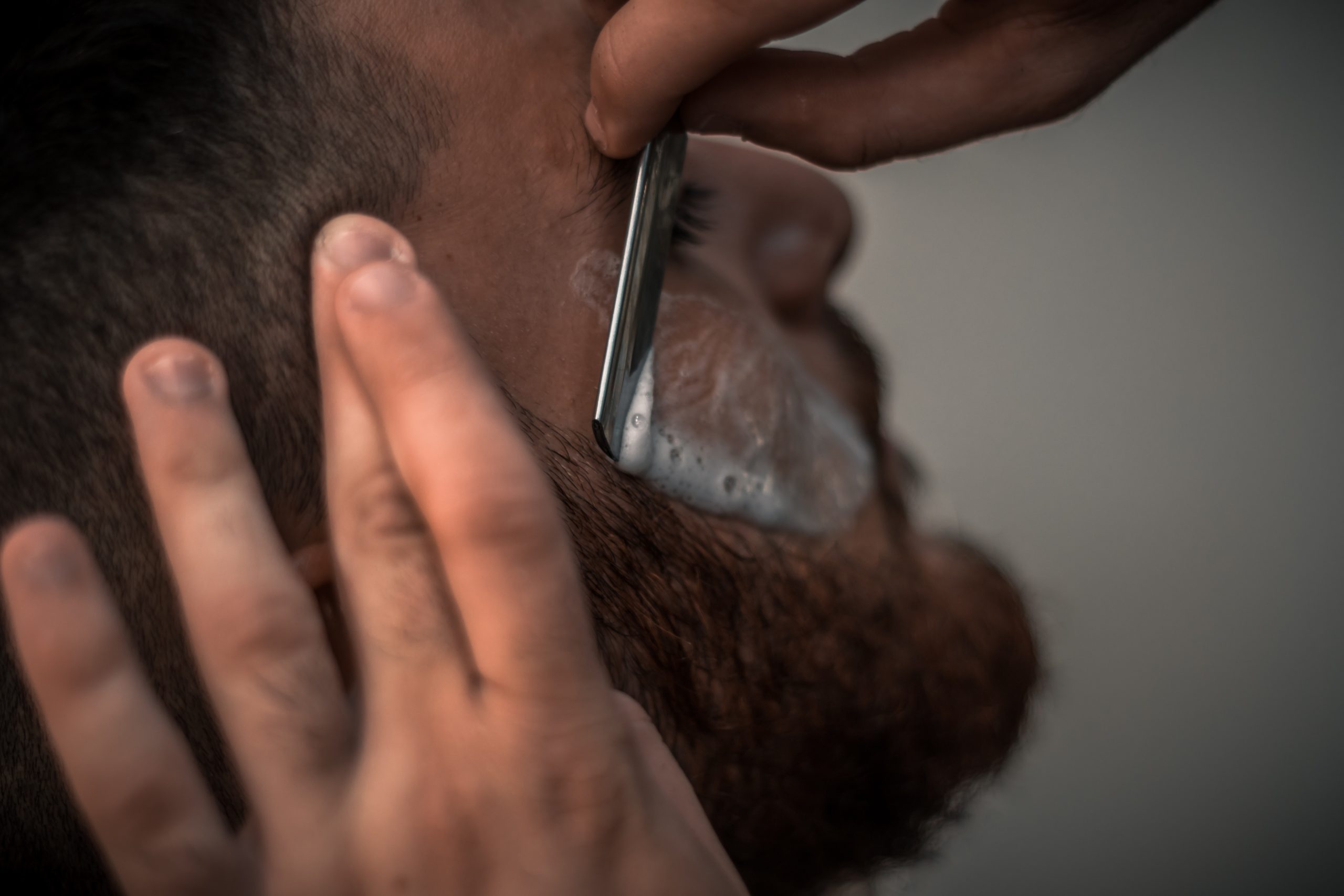Have you ever wondered why you need to replace the blades in your razor every so often when hair is actually 50 times softer than steel?
A group of engineers from the Massachusetts Institute of Technology studied how soft human hair can damage a sharp razor blade and found that the process is much more complex than you might think.
In their study published in the journal Science, the team made use of a small, micromechanical apparatus to conduct a controlled shaving experiment, and a scanning electron microscope to observe the process of shaving hair up close and determine what are the conditions that make a razor dull.
After computational simulations, the team found out that the standard razor blade doesn’t just round out over time, it develops chips under certain conditions that make it vulnerable to more chipping. The accumulation of chips in a razor blade is what actually makes it dull.
The results of the experiment show that the chips in the blade are caused by three conditions: when the blade cuts through the hair at an angle (as against cutting it perpendicular), when the blade’s steel is made of heterogenous materials, and when the blade meets the hair at the weak points of its heterogenous structure.
With their new findings, the team is now looking into the process of manipulating steel so it can have a more homogenous form, enabling them to design longer-lasting, more chip-resistant blades.
Once they’re out in the market, we won’t need to change the razors in our blades as often as we do now, making the process of shaving hair all the more efficient.
Science that makes our everyday life better is awesome.




